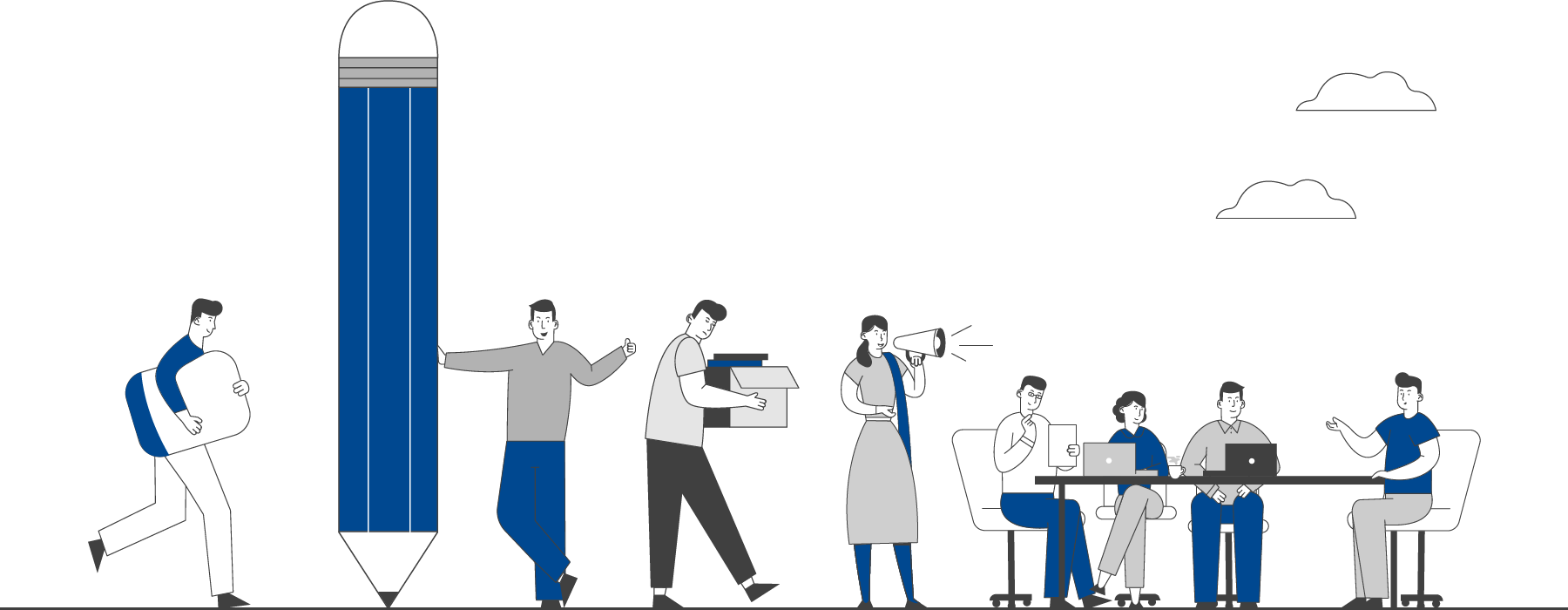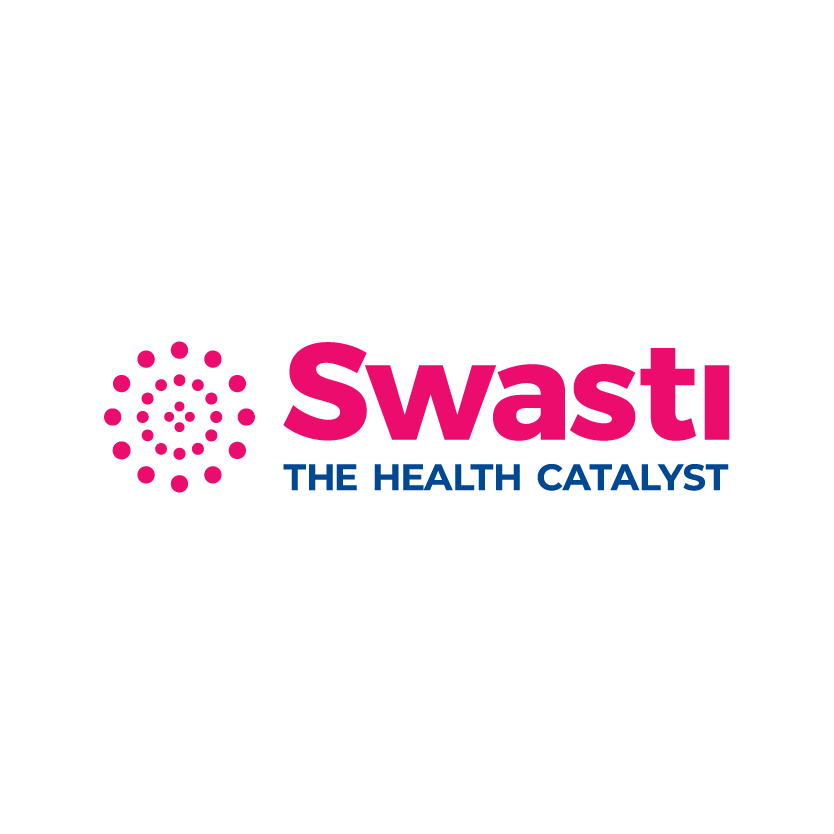

This section presents actionable insights for practitioners from our collaboration of experts.
Analysis
FILTER
BY CATEGORY
View All
Hunger and a Woman's Right to Health: A Gordian Knot
28 Jun 2020by Siddhi Mankad 6 min read
Today, 28th May, is World Hunger Day and also the International Day for Action for Women’s Health. World Hunger Day calls for a holistic development approach — one that includes peace-building, social harmony, human rights, and good governance — to ensure the empowerment of people living in hunger and poverty. The International Day for Action for Women’s Health focuses on sexual and reproductive rights for what they are: An indivisible and inalienable part of human rights.
While the agenda for both days and associated discourses in both sectors are diverse, there is a common knot that ties the two: Women’s reproductive health and nutrition.
This isn’t a new theme! Gender rights advocates and development practitioners, especially those in the health sector, have long been highlighting the issues related to gender inequalities of intra-household food consumption patterns, gender division of labor in the household, women’s work in agriculture, and all the associated problems of women’s reproductive health: Anemia, miscarriages, maternal mortality and morbidity, feeding practices, etc.
What is new is the consideration of these issues through different, cross-sectoral lenses — agricultural livelihoods, market mechanisms, savings and credit, behavioral economics — to further the understanding of the health and nutritional narrative and develop impact models.
A formative study in 2016 on ‘Agricultural Incomes and Nutrition: The Effect of Seasonality and Household Coping Mechanisms’ by Vrutti Livelihoods Resource Center, supported by the Bill and Melinda Gates Foundation, provided some important insights on nutrition in general and the nutrition of women and children in particular.
The study was conducted in Madhya Pradesh, which has very poor nutrition indicators for women and children, significantly below the national average: For instance, in Madhya Pradesh 69% of children were anemic and 28% of women had a BMI below normal, as compared to the national averages of 58% and 23% respectively (NFHS-4).
The primary, mixed-method survey by Vrutti covered around 2,800 sample households spread over 115 habitations across the four districts of MP, namely Hoshangabad, Sehore, Vidisha, and Panna.
The initial hypothesis purported that seasonality of agricultural income led to seasonal variation in consumption of pregnant women and infant children, and savings could be an important channel to smoothen consumption over the year. However, as data was collected and analyzed, the findings painted a completely different picture of the consumption patterns in MP.
Some key insights from the study:
- There is huge price variability in grains, vegetables and fruits, which drives the kind and diversity of food consumed by households. Poor households usually consume wheat roti and tur or pigeon pea dal. Vegetables are sparsely available, especially to those households that do not have water sources for irrigating their fields. Vegetables in the local village markets are not affordable or not of good quality. Also, since women do not accompany men to the markets, the latter usually buy vegetables based on their taste preferences rather than the nutritional needs of the family.
- Farmers tend to stock wheat (which they produce) to ensure food for the family and to cope with price variability in food items. Other savings and financial inclusion products are neither available, accessible, nor provide the kind of assurance that they get from wheat. Given this practice, the household food system becomes ‘wheat-based’. Since the harvest is not sold in the market and saved in money terms, there is a money crunch to buy any other food items needed to take care of nutritional requirements.
- There is a lack of awareness and realization of nutritional security as against food security. Landless and very poor families are dependent on rations from the public distribution system — which is also largely wheat-based. Most respondents in the qualitative study felt that as long as no one goes hungry, the family is fine.
- The poor nutritional status of the child, often visually apparent through thin hands and legs, bloated stomachs, and pale eyes, was reasoned as common. Mothers explained that young children “do not eat”; they hoped that the child would start eating better as he/she grew, unaware of the life-long implications of poor childhood diets.
- Targeted household rations are provided through the anganwadi to pregnant mothers or children. These are either not eaten and fed to livestock (because of taste), or divided within the family and eaten by all members, rather than giving it only to women and small children. Similarly, for the daily intra-household distribution of food, there is no special attention to the consumption of pregnant or lactating women and children under five — either from the women themselves or from their family members. On their own food intake during pregnancy, many women shared that they ate less during pregnancy because they “didn’t feel like eating”. Even where this was not the case, none said they ate more or more often, and most did not have a special diet during the pregnancy.
- The same is the case with the work hours and type of work undertaken by women, which is usually not adjusted based on the need for rest during pregnancy and following childbirth.
- Practices related to breastfeeding and cleanliness, which have a strong bearing on children’s health and nutrition status, are poor.
- Couples not practicing family planning and spacing gaps of 1.5 - 2 years between children are common. Most women covered in the qualitative study had at least one miscarriage.
- Culture and social norms inhibit changes in practices related to child and maternal nutrition and family planning. Even ASHA and Anganwadi workers were either unconvinced or unwilling to broach these issues and enlighten families and couples.
- Finally, a twist in communication showed interesting results. When family members (women and men) were asked if pregnant women need to consume more or more nutritious food they were all adamant that this was not required. So they were asked if everyone in the family consumed the iron-folic tablets given by the anganwadi worker. Amused, they explained that it was consumed only by the pregnant women to safeguard the health of the mother and child. Then, when asked if nutritious food (like fruits and vegetables) were made available to families with pregnant women for their consumption towards a healthy pregnancy, delivery and the health of the child, would they ensure that she was the only one to consume it… they began to consider it.
What does this study imply for our engagements with the health sector?
Cross-sectoral explorations and engagements, as complex as they may seem, provide the holistic picture that drives behavior which often a focused consideration through health lenses may miss out. Placing the consumption patterns in the center of the agri-economy and market explains the need for households to stock wheat as a precautionary response to prices of wheat and tur.
Households are able to protect total food intake in the face of poor rainfall and other income shocks, but this is achieved by increasing the share of stored grains of lower nutritional value. Thus, while they are able to maintain consumption levels and stave off hunger when incomes are low, nutrition suffers.
Despite decades of interventions in gender equality, food and nutrition security, social norms continue to rule the roost and are a barrier to behavior change when it comes to the intra-household distribution of food consumption. ASHA and anganwadi workers, who are the carrier of messages for change, are themselves of the social fabric and not convinced about the need for these changes, and therefore may not promote them. Interventions need to revisit the messages and their delivery to make an impact.
To conclude, nutrition of women and children and the positive RMNCH+A outcomes that are associated with nutrition may improve with economic policies that reduce price volatility of food (making diverse food accessible), and increase return on financial savings (promoting a monetary savings culture — as against savings in the form of low-nutrition grain — that could be channeled into food when required). Models and interventions targeting RMNCH+A outcomes need cross-sectoral engagements with agriculture and food distribution sectors. In socio-cultural contexts like those in MP, creative communication that influences thought processes rather than simply carrying messages would go beyond increasing awareness to changing practices related to savings and caring for pregnant and lactating women.
To read a post by the research team: Dr. Anjini Kochar, Stanford University, C. Nagabhushana and N. Raghunathan, CMS, “Aggregate Risk, Saving and Malnutrition in Agriculture Households” click here.


 EXPLORE DATA
EXPLORE DATA 



























